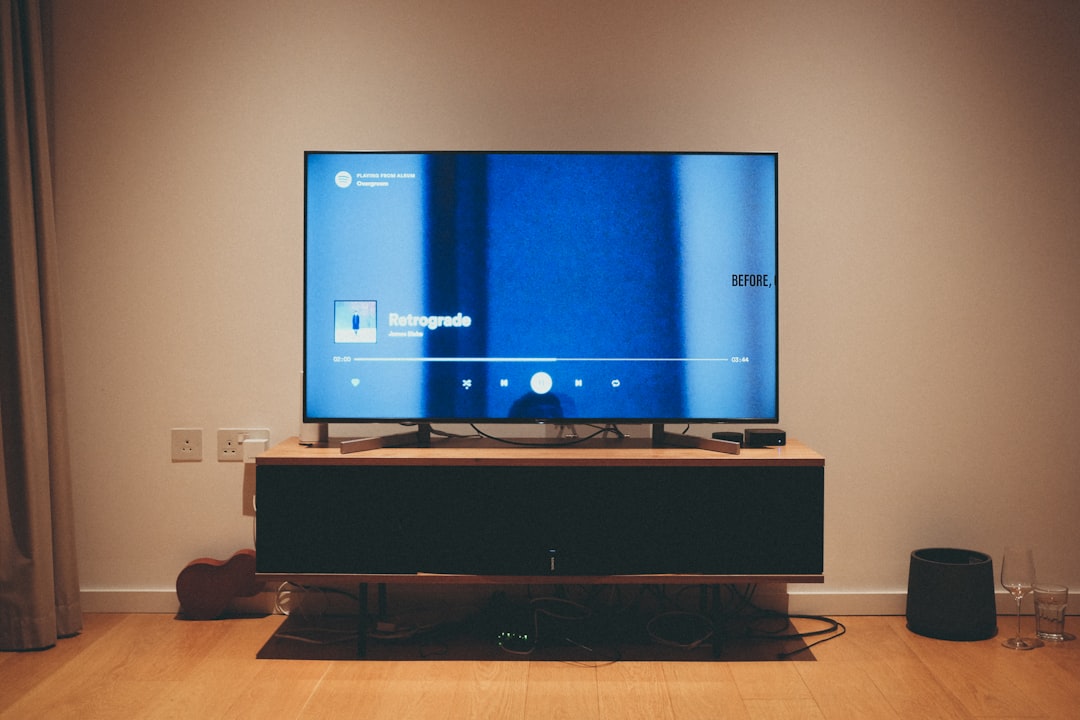Whether you’re binge-watching the latest streaming series on your living room TV or catching up on a documentary during your morning commute, subtitles have become a fundamental part of the viewing experience. As accessibility and multilingual content become standard, the role of subtitle styling—especially regarding readability across different devices—has grown exponentially important. From the smallest smartphone screens to massive ultra-high-definition televisions, the way subtitles are styled can significantly impact how we understand and enjoy content.
Why Subtitle Styling Matters
Subtitle styling isn’t just about aesthetics—it’s a critical component of accessibility, comprehension, and overall user satisfaction. Poorly styled subtitles can lead to eye strain, missed plot points, or even complete disengagement from the content. Proper styling ensures that users with impaired hearing, non-native speakers, or those watching in noisy environments can still follow along.
Given the variety of devices audiences now use to consume media, the subtitle styling that works beautifully on a 65-inch TV might fall flat, or even become unreadable, on a 6-inch smartphone screen. Understanding the nuances of styling for different form factors is key in designing a universal viewing experience.
Font Choices: Legibility is Key
Font choice is arguably the most critical element in subtitle styling. The ideal font should be:
- Easy to read even at a quick glance.
- Clear enough not to blend into complex backgrounds.
- Consistent across various languages and character sets.
Sans-serif fonts like Arial, Roboto, or Helvetica are commonly chosen for their clean lines and easy readability, especially on high-resolution displays. Avoid decorative or script fonts, as they tend to reduce clarity and increase cognitive load for viewers.
Font Size and Scaling
Subtitles need to be large enough to be legible but not so large that they obscure the content. For mobile phones, where screen real estate is limited, a balance must be struck between text size and screen usability. Conversely, on televisions, subtitles that are too small can be frustrating to decipher from across the room.
Here’s how font sizes generally differ across devices:
- Mobile phones: Smaller text sizes—around 16px, often scalable based on resolution and DPI.
- Tablets: Slightly larger—about 18px to 20px, adjusted for how the device is typically held.
- TVs: Large and bold—ranging from 22px to 30px, depending on screen size and resolution.
Dynamic font scaling options are preferable, allowing viewers or users to adjust subtitle size to suit their preferences and device type.
Color Contrast and Backgrounds
The best subtitles are those that remain readable regardless of what’s happening in the scene behind them. This means high contrast between the text color and the background. Common styling includes:
- White or yellow text with a black outline or drop shadow for maximum contrast.
- Opaque or semi-transparent background boxes to further isolate the text from the video content.
- Customizable themes for user-directed accessibility concerns (e.g., color blindness).

Avoid using colors that blend into the video content, such as pale blue or gray, unless a bold outline or background box is also applied. Designers should also be cautious about relying solely on color to convey information—for instance, in differentiating speakers—which might not be accessible for colorblind users.
Line Length and Positioning
Proper positioning and line breaks play a significant role in readability. Here’s what to consider:
- Center alignment: Subtitles are typically center-aligned and placed at the bottom of the screen. However, alternate positioning may be used in certain cases (e.g., top of the screen for dialogue that overlaps on-screen text or UI elements).
- Max two lines: Subtitles should be limited to two lines whenever possible, with logical breaks that maintain the sentence’s readability.
- Avoid covering important visuals: Key facial expressions or on-screen elements should remain unobstructed.
On TVs, subtitles need to be viewable from a distance, so lower-third positioning with ample padding from the edge helps make reading more comfortable. Mobile devices sometimes benefit from subtitles placed slightly higher or with reduced padding to accommodate thinner bezels and phone UIs.
Responsive Design for Multi-Device Viewing
Streaming services and video platforms are paving the way for responsive subtitle design. Much like websites that adapt their layouts depending on the screen size, subtitle systems are beginning to leverage dynamic rendering based on the device type. This includes adjusting font size, spacing, positioning, and even background styles.
Key aspects of responsive subtitle design:
- Scalable fonts that adjust with screen DPI.
- Dynamic line breaks that adapt based on width constraints.
- Device-specific test environments to ensure consistency in subtitle presentation.

The ultimate goal of responsive design is for viewers to transition from one device to another without perceiving a dip in subtitle quality or readability.
Subtitle Timing & Animation
Timing affects not only how comprehensible subtitles are, but also their feel within a story. A subtitle that lingers too long or vanishes too quickly can throw off the pacing of a scene. For smaller screens, where users are more engaged with content at close range, quick transitions can be acceptable. On TVs, smoother fading and slightly longer durations help viewers process content from a distance.
Animated transitions—like fades or slides—should be used sparingly as they can become distracting. Still, subtle effects can help signal dialogue changes or emphasize transitions without jolting the viewer.
Accessibility Standards and Best Practices
Numerous accessibility guidelines shape how subtitles should be designed to enhance inclusion. Content creators and developers often refer to standards such as the Web Content Accessibility Guidelines (WCAG) and specifications from organizations like the FCC (Federal Communications Commission) for broadcast accessibility.
Among the best practices:
- Allow users to customize fonts, sizes, colors, and backgrounds according to their needs.
- Ensure sufficient contrast ratios between text and background (generally at least 4.5:1 for normal text).
- Support multiple languages, including right-to-left and non-Latin scripts.
Developers should also offer subtitle customization within the app or platform settings, not just rely on default system-wide preferences.
The Future of Subtitle Styling
As technology evolves, new trends in subtitle styling are emerging. Real-time AI-based subtitle generation and localization are on the rise, and with this comes the necessity for more adaptable styling. Augmented reality and virtual reality platforms pose additional challenges, as subtitles must exist in a three-dimensional space without disrupting immersion.
We may also see greater adoption of user-based learning systems where the app remembers your preferred subtitle settings across devices and adjusts them automatically. Another exciting possibility is scene-aware subtitles that subtly reposition or restyle themselves based on the content’s color scheme or focal points.
Conclusion
Subtitle styling is no longer a secondary concern—it’s a crucial element of modern media consumption. Whether displayed on a small smartphone or a giant television, subtitles must be readable, consistent, and accessible. As our viewing habits continue to diversify, the responsibility falls on content creators, designers, and developers to ensure that subtitle styling is optimized for clarity, usability, and aesthetic harmony across all screen types.
The difference between a good subtitle experience and a distracting one often comes down to small but powerful design decisions—and that attention to detail can mean the difference between losing or sustaining a viewer’s engagement.
I’m Sophia, a front-end developer with a passion for JavaScript frameworks. I enjoy sharing tips and tricks for modern web development.
